Comparing Electric Bikes and Traditional Bikes: Understanding the Differences
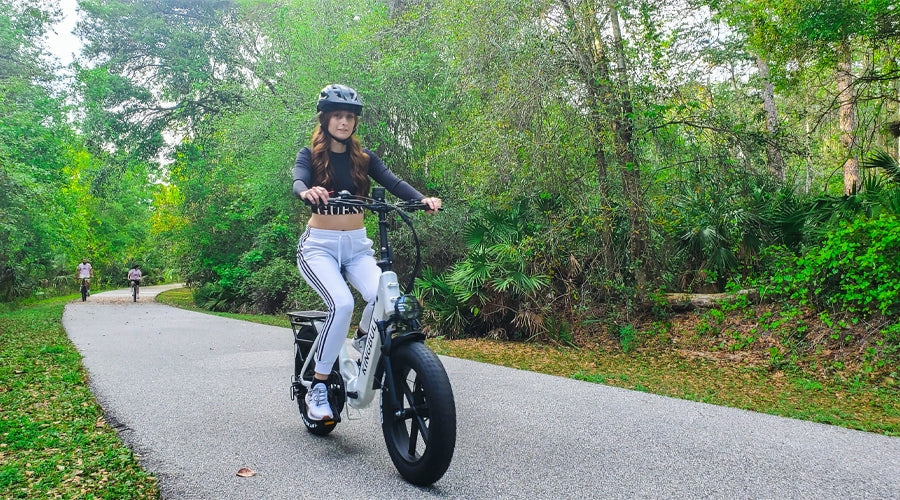
In recent years, the cycling industry has seen a surge in popularity, with both traditional bikes and electric bikes (e-bikes) becoming increasingly common sights on roads and trails. While both types of bicycles serve the same fundamental purpose of providing transportation and recreation, they differ significantly in terms of design, functionality, and overall riding experience. In this article, we'll delve into the key differences between electric bikes and traditional bikes, helping you understand which might be the best fit for your needs and preferences.
Power Source
Traditional bikes are powered solely by human effort. When you ride a traditional bike, every pedal stroke translates directly into forward motion, whether you're navigating bustling city streets or conquering challenging off-road trails. The experience is raw and immersive, as you rely entirely on your own strength and stamina to propel yourself forward.
In contrast, electric bikes (e-bikes) incorporate an electric motor into their design, providing an extra boost to the rider's pedaling efforts. This electric motor can be engaged in two main ways: through pedal-assist or via a throttle. With pedal-assist, the motor kicks in to amplify your pedaling power, making each stroke feel more potent and allowing you to tackle hills with ease. Alternatively, you can use the throttle to activate the motor without pedaling, providing instant acceleration and requiring minimal effort to maintain speed.
This additional propulsion provided by the electric motor opens up new possibilities for riders. It enables them to cover longer distances in less time and with less physical exertion, making e-bikes an attractive option for commuters, recreational cyclists, and those with mobility limitations. Whether you're looking to explore new terrain, commute to work without breaking a sweat, or simply enjoy a leisurely ride without the strain of constant pedaling, the electric motor in e-bikes offers a versatile and adaptable riding experience.
Speed and Range
Electric bikes offer a compelling advantage in terms of speed and range compared to traditional bicycles. The integration of an electric motor provides riders with the ability to effortlessly maintain higher speeds with reduced physical exertion. Whether you're commuting through city streets or embarking on a leisurely ride through scenic countryside, the electric assistance ensures a smoother and more efficient journey.
Moreover, the extended range afforded by electric bikes is a game-changer for cyclists. Powered by rechargeable batteries, e-bikes can cover significantly greater distances than traditional bikes on a single charge. This expanded range not only enhances the practicality of electric bikes for daily commuting but also opens up new possibilities for adventurous riders seeking to explore more remote or challenging terrain.
Picture yourself effortlessly gliding up steep hills or cruising along scenic bike paths without breaking a sweat—this is the experience electric bikes offer. The combination of higher speeds and extended range makes e-bikes an attractive option for commuters looking to shorten their travel times and recreational cyclists eager to explore new routes and destinations.
Furthermore, the peace of mind that comes with knowing you won't run out of energy mid-ride adds another layer of appeal to electric bikes. Whether you're navigating hilly terrain or embarking on an all-day excursion, the reliability and consistency of an electric bike's performance allow you to focus on enjoying the ride rather than worrying about running out of steam.
In essence, the enhanced speed and range capabilities of electric bikes redefine what's possible in the world of cycling. By harnessing the power of electric assistance, riders can experience a level of freedom, convenience, and versatility that traditional bikes simply can't match. Whether you're commuting to work, running errands around town, or exploring the great outdoors, an electric bike empowers you to go further, faster, and with greater ease than ever before.
Riding Experience
The experience of riding a bike, whether traditional or electric, is deeply influenced by the nuances of feel and handling unique to each type. Traditional bikes offer a visceral connection between rider and machine, where every pedal stroke translates directly into forward momentum. This raw, unadulterated form of propulsion can be immensely satisfying for cyclists who relish the sensation of their own power propelling them forward. The rhythmic cadence of pedaling, the gentle hum of tires on pavement, and the wind rushing past create a symphony of sensations that immerse riders in the present moment.
For those seeking a challenge and a sense of personal achievement, traditional bikes deliver in spades. Conquering steep climbs or pushing through fatigue to reach the summit of a hill becomes a badge of honor, a testament to one's strength and endurance. The physical exertion required to propel a traditional bike forward fosters a deep connection with the environment and the landscape, as riders feel every undulation of the terrain beneath their wheels.
In contrast, electric bikes offer a different, yet equally compelling, riding experience. The addition of an electric motor introduces a new dimension of ease and accessibility to cycling. With the flick of a switch or a gentle push on the pedals, riders are propelled forward with a surge of power that effortlessly glides them along the road or trail. The sensation of riding an electric bike is akin to having a gentle tailwind at your back, offering a boost of assistance that makes cycling more approachable and enjoyable for riders of all abilities.
Cost and Maintenance
When considering cost, it's essential to acknowledge that electric bikes typically come with a higher price tag compared to traditional bikes. This is primarily due to the added complexity of the electric motor and battery system. However, it's crucial to view this initial investment through the lens of long-term savings. While the upfront cost may seem daunting, electric bikes can offer significant savings in terms of time and energy expended during rides, especially for commuters or cyclists tackling challenging terrain.
Moreover, maintenance is a key consideration for both types of bikes. Electric bikes may require more frequent maintenance than traditional bikes, particularly concerning the electrical components and battery. Routine checks and occasional servicing are essential to ensure optimal performance and longevity. However, advancements in e-bike technology have led to more reliable and durable systems. Manufacturers are continually improving battery efficiency and motor reliability, reducing the likelihood of costly repairs over time. Additionally, many electric bike manufacturers offer warranties and service packages to provide peace of mind to riders, further mitigating potential maintenance costs.
Ultimately, while electric bikes may entail higher upfront costs and potentially more maintenance, the long-term benefits, including reduced energy expenditure during rides and advancements in technology leading to increased reliability, can make them a worthwhile investment for many cyclists.
Environmental Impact
Both electric bikes and traditional bikes contribute positively to reducing carbon emissions and promoting eco-friendly transportation alternatives compared to gas-powered vehicles. Traditional bikes rely entirely on human power, emitting zero carbon emissions during operation, making them an excellent choice for environmentally conscious commuters and recreational cyclists. Furthermore, the manufacturing process and materials used in traditional bikes typically have a lower carbon footprint compared to electric bikes due to their simpler design and lack of electronic components.
However, electric bikes offer additional environmental benefits, particularly in reducing carbon emissions during transportation. The electric motor assists riders in covering greater distances with less physical exertion, encouraging more people to choose biking over driving for their daily commute or errands. This shift away from gas-powered vehicles results in reduced greenhouse gas emissions and air pollution, contributing to cleaner air and healthier communities.
Moreover, the environmental impact of electric bikes extends beyond reducing carbon emissions. By incorporating rechargeable batteries into their design, e-bikes promote energy efficiency and renewable energy use when charged from clean energy sources such as solar or wind power. Additionally, the longevity and durability of electric bike components contribute to reduced waste and resource consumption over time, further enhancing their eco-friendly credentials.
while both electric bikes and traditional bikes offer environmentally friendly transportation options, electric bikes provide additional benefits in reducing carbon emissions and promoting sustainable mobility. By choosing an electric bike for your daily commute or recreational rides, you not only reduce your carbon footprint but also contribute to building a more sustainable and environmentally conscious transportation system.
Conclusion
Whether you're a seasoned cyclist or new to the world of biking, understanding the differences between electric bikes and traditional bikes can help you make an informed decision when choosing your next ride. While traditional bikes offer a more traditional and physically demanding riding experience, electric bikes provide added convenience, speed, and range, making them an appealing option for a wide range of cyclists. Ultimately, the best bike for you will depend on your individual preferences, riding style, and intended use.







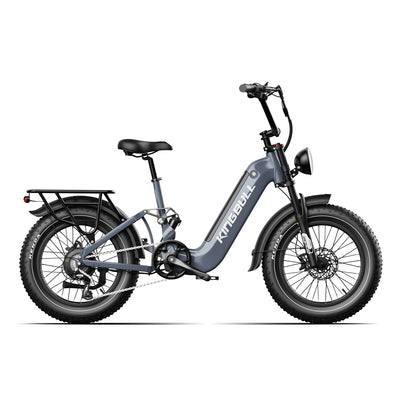
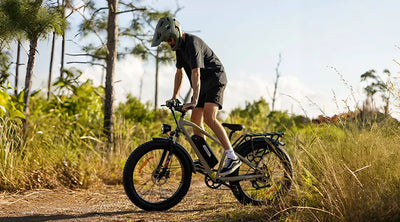

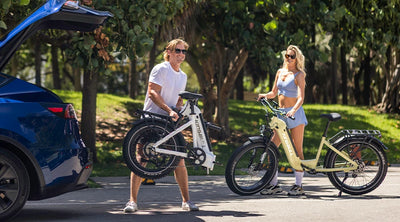
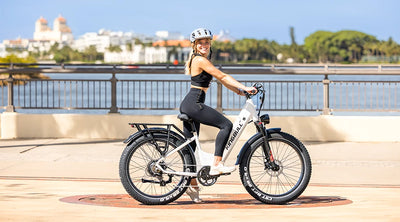
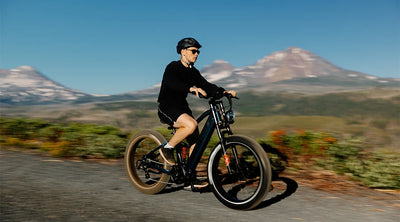



















Leave a comment